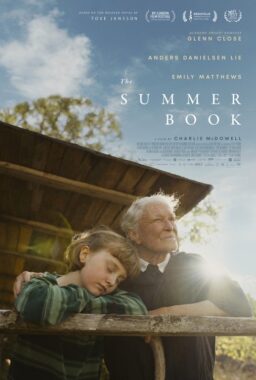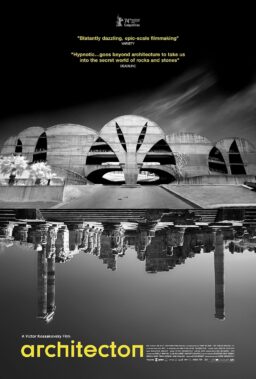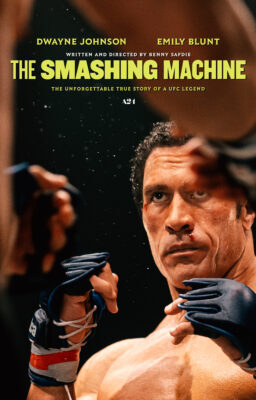From Brad Fay, Southern Oregon PBS, Medford, OR:
This has taken me several years, but, at your request I would like to follow up on a short conversation you and I had in the lobby of the Freight and Salvage in Berkeley, California after you were interviewed on Sedge Thompson’s “West Coast Live.”
You asked me to write to you and elaborate on my little-known film related observation: “All movies have a still photograph displayed somewhere in the body of the film.” I went on to mention to you that every time I go to a movie, I tap my wife on the shoulder when the still photograph appears. To date, I have yet to see a movie where the “still photograph” phenomenon does not occur.
In fact, I have been observing this phenomenon ever since the early 1980’s when I first heard it mentioned in passing in a film class at City College of San Francisco, and have become a self-proclaimed aficionado on the subject. I could make a list of the placement of still photographs in hundreds of movies for you, but why bother; every movie has at least one. Instead, I invite you to engage in the game yourself. Most recently, I watched “Good Night and Good Luck,” and indeed it is rife with still images.
As I have repeated this little exercise, I have come to often paraphrase Ken Burns from twenty years ago in a National Public Radio interview about his epic “The Civil War.” He observed, “Still photographs are vessels into which we pour meaning and are excellent tools to tell a story.” Taking Ken Burns’ premise further, I have determined (or surmised) the following:
THE STILL IMAGE IS A DEVICE FOR SUSPENSION OF DISBELIEF: The theory here is that by letting the audience view a still for a moment in a movie, they have to invest some time in pouring their own meaning into the film they are watching.
THE STILL IMAGES ARE OFTEN AT THE BEGINNING OF THE FILM: This is to establish very early the aforementioned suspension of disbelief so that the rest of the film is plausible. Example: “Dead Poet’s Society,” Old Pictures on the wall, establishing the traditions of the learning institution in which the Robin Williams character has found himself.
STILLS OFTEN INTRODUCE CHARACTERS: It is a fast, easy way to get a lot of people into the viewer’s consciousness without having to bring them all into the movie at once. It also challenges the audience to look for the person to come to life later in the picture. Classic Example: Opening to “Mission Impossible” (Movie and TV show).
STILLS OFTEN APPEAR AT A PIVOTAL MOMENT IN THE PLOT: Often a film needs to introduce another character at a certain time. Also, a film may need another dose of suspension of disbelief because it is about to embark on something that may not actually be all that believable.
STILLS MAY INCLUDE PAINTINGS: Obviously if the film is set before the mid-19th century, still photographs would be anachronistic. However, filmmakers often get around this by usually showing paintings on the wall, etchings in books, or in the case of “Dances with Wolves,” a small painting in a necklace locket.
STILLS MAY INCLUDE VIDEOS: The film “sex, lies, and videotape,” for example, does not use stills but does use home video within the film to the same effect.
As I have discussed this experience with movie going friends, it has also been observed that film itself is, in turn, a series of still images. Therefore, when a still photograph is brought into a film, one is actually looking at a “still-within-a still.” I have even gone so far as to theorize that this “still within a still” moment invokes in the viewer a subliminal shift in consciousness that evokes one to more fully buy into the movie. It triggers a mental response that allows one to pour enough of their own meaning into a film that they become invested in the outcome.
So Roger, what do you think? Is it just me that bugs my wife every time a still image comes into view on the screen? Is there any research, to your knowledge, on this subject? And why only films and not all TV shows? You actually had your own theories on the differences between film and TV in your conversation with Sedge Thompson at the very interview where I first conveyed my observation to you.
Further, I will defy anyone to show me a film that does not make use of a still image somewhere in the work. Indeed, I think all film writers (probably unconsciously), must go through a process wherein they have written themselves into a corner and can only escape by writing a still photograph into the script.
Back to Ken Burns. I found it interesting that his “Civil War” series did so much better than his more recent “The War.” Did Ken Burns forget his own theory? Given the era, the only period visuals available for “The Civil War” had to be still photographs, whereas “The War” used primarily rolling stock footage. I submit Ken would have done better with “The War” had he frozen more of those images, and let the viewer sublimate their own pain, suffering and outcomes, rather than let stock footage tell us too much.
Reply: Stills also appear in the guise of newspaper photos, as in “Bonnie and Clyde” and “Citizen Kane.” Or as billboards (“Dark City“), postcards, murals, flash-frames and posters. And is a slo-mo flashback really a memory trying to be a still? I’m going to start looking. — RE











